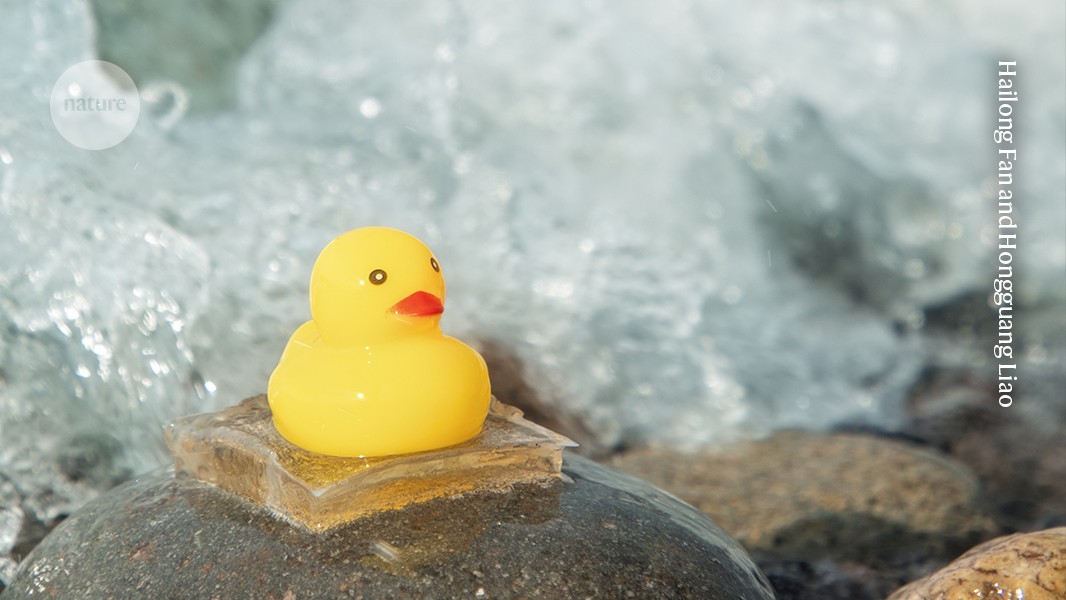Super-sticky hydrogels that can be used in wet environments are needed for many applications — for example, as glues to seal tissue and stop bleeding in surgery, as gels that support wound healing and tissue regeneration, and as materials used underwater on ships and offshore structures. However, designing such hydrogels is difficult because the properties that make materials soft are often the opposite of those that promote adhesion. Moreover, the conventional approach for discovering functional hydrogels (those that have specific properties needed for an application) is essentially trial and error. This is expensive and time-consuming, and has therefore strongly limited the development of materials that can be translated to clinical or industrial applications. Writing in Nature, Liao et al.1 report an innovative solution in which artificial intelligence (AI) supports the design of super-adhesive hydrogels.


